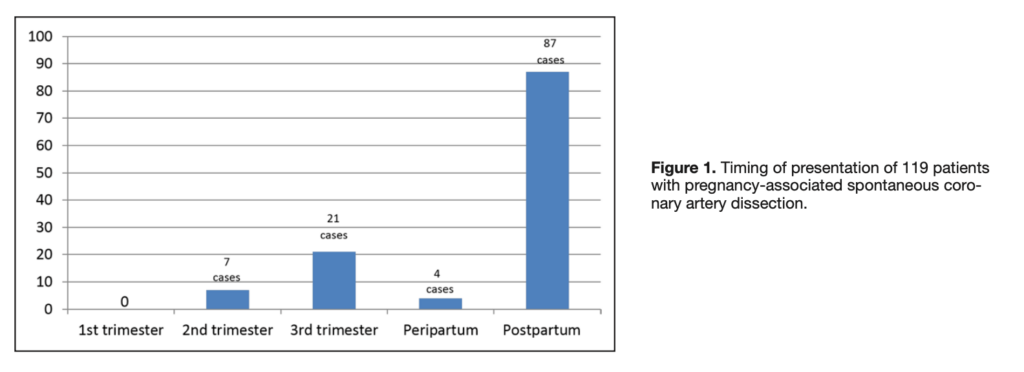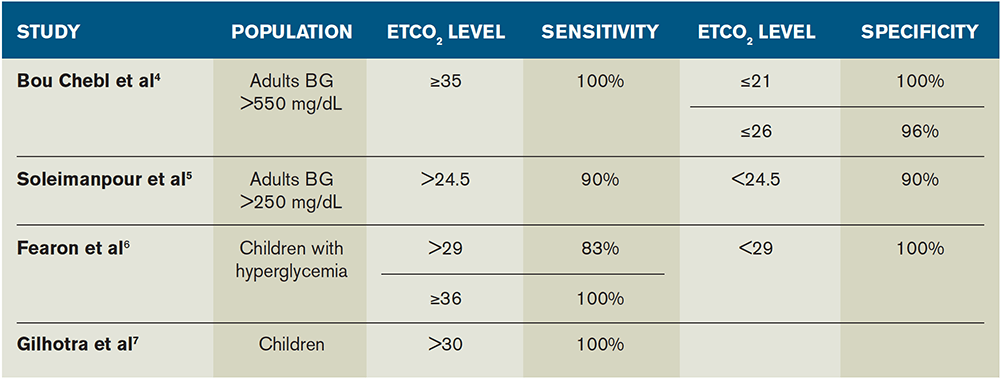Funtabulously Frivolous Friday Five 315
Just when you thought your brain could unwind on a Friday, you realise that it would rather be challenged with some good old fashioned medical trivia FFFF, introducing the Funtabulously Frivolous Friday Five 315
Question 1
A 67 year old women presents 2 weeks after a STEMI and a stent in her RCA. She’s complaining of shortness of breath but saturations are 96%. In your work up you see she had a normalise ECHO EF only down to 55%, chest X-ray is clear, troponin’s negative someone even spun the BNP and D-Dimer dice, both of which are negative. You’ve ditched your stethoscope and use your ultrasound and determine there are no B-lines. Scratching your head as to what’s causing her shortness of breath your emergency pharmacist taps you on the shoulder and says I bet its medication related.
What medication has this patient been put on that can cause shortness of breath?
Reveal the funtabulous answer
Ticagrelor
In phase 2 studies, ticagrelor was associated with a dose-dependent incidence of dyspnoea of 10 to 20% compared with 0 – 6.4% of patients on clopidogrel. It usually occurs at rest, not related to exercise and can be intermittent or persistent.
The exact mechanism has not been proven but one hypothesis is its adenosine antagonism causes increased adenosine stimulation on the pulmonary vagal C fibres.
In consultation with the patients cardiologist they were switched to clopidogrel.
Reference:
- Parodi G and Storey RF. Dyspnoea management in acute coronary syndrome patients treated with ticagrelor. Our Heart J Acute Cardiovascular Care. 2015;4(6):555-560
Question 2
What is the number one cause of acute coronary syndrome (ACS) in pregnancy?
Reveal the funtabulous answer
Spontaneous coronary artery dissection (SCAD)
This is a very uncommon cause of acute coronary syndrome accounting for 0.2% to 4% of all patients who make it to angiography.
However, in pregnancy SCAD is the most common mechanism for pregnancy-related MI. Pregnancy is associated with >40% of cases called PASCAD (pregnancy associated – SCAD). Typically these women do not have any of the traditional cardiac risk factors.
PASCAD occurs typically in the 3rd trimester or within 210 days postpartum (that’s 7 months). The good news is these patients (94%) present with chest pain.
Reference:
- Havakuk O et al. Pregnancy and the risk of Spontaneous Coronary Artery Dissection: An Analysis of 120 Contemporary Cases. Circ Cardiovasc Interv. 2017
Question 3
This man died April 2020 at the age of 84. He was a Japanese engineer who invented something your nursing staff use on nearly every patient. What is this device?
Reveal the funtabulous answer
The pulse oximeter
Takuo Aoyagi (1936-2020) developed the modern pulse oximeter in the 1970s and undoubtedly has helped save millions of lives. Early models were inaccurate and cumbersome (see Squire and Millikan). Takuo Aoyagi realised that blood flow was not uniform and developed formulas to cancel out the ‘pulsatile noise’.
These [variations due to the pulse] prevented accurate extrapolation of the down-slope of the dye curve after recirculation begins. I investigated this problem mathematically using the Lambert-Beer law. Then I conceived the idea of eliminating the pulsation by computing the ratio of optical densities of the two wavelengths. This supposition was proved workable by experiments.
Aoyagi 2003
On March 29, 1974, a patent application titled “Apparatus for Photometric Blood Analysis” was submitted to the Japanese Patent Office by the Nihon Kohden Corporation, naming Aoyagi and Kishi as inventors. Aoyagi reported his discovery of pulse oximetry to the Japanese Society of Medical Electronics and Biologic Engineering on April 26, 1974 and published with his many collaborators in 1975
- Squire JR. Instrument for measuring quantity of blood and its degree of oxygenation in web of the hand. Clinical Science. 1940; 4: 331-339
- Millikan GA. The oximeter: an instrument for measuring continuously oxygen saturation of arterial blood in man. The Review of scientific instruments 1942; 13: 434–44
- Aoyagi T, Kishi M, Yamaguchi K, Nakajima S, Hirai H, Takase H, Kuse A. New pulsed-type earpiece oximeter. Kokyu to Junkan 1975; 23: 709–713
- Aoyagi T. Pulse oximetry: its invention, theory, and future. J Anesth. 2003; 17(4): 259‐266.
- Severinghaus JW. Takuo Aoyagi: discovery of pulse oximetry. Anesth Analg. 2007; 105(6 Suppl)
Question 4
You’re about to leave you shift when the diabetic in fast track with a leg infection reads “high” on the finger stick. You cringe, you know the lab is going to take at least 60 minutes to get a pH back. You think to your self, self, there must be a non-invasive way I can quickly tell if the patient is acidotic. What maverick device can you use? (Clue marginally related to question 3).
Reveal the funtabulous answer
Capnography
Bou Chebl et al illustrated that lower pCO2 values correspond to lower pH and bicarbonate values in hyperglycemic diabetic patients. This fits with what we would expect, a patient in DKA often has a high respiratory rate compensating for the metabolic acidosis, ETCO2 is expected to be low. But how low buys you an insulin drip and and a quick cheeky referral so you can sign out and speed home for a beer?
- A blood sugar level greater than 550 mg/dL (30.5 mmol/L), and an EtCO2 of 35 or greater virtually guarantees that the patient is not in DKA with a sensitivity of 100 percent.
- A blood sugar level greater than 550 mg/dL (30.5 mmol/L), and an EtCO2 of ≤21 and ≤26 are 100 percent and 96 percent specific for DKA, respectively.
- A blood sugar level greater than 250 mg/dL (13.9 mmol/L), and an EtCO2 greater or less than 24.5 is both 90 percent sensitive and 90 percent specific for DKA
Reference:
- D’Amore K et al. End-Tidal Capnography Can be Useful for Detecting Diabetic Ketoacidosis, Monitoring COPD. ACEPNow 2016
Question 5
A patient presents with generalised weakness, in fact they can’t move any of their limbs, during the work up you get handed the following ECG. You immediately put two and two together and label the patient with ‘Impressive syndrome’. What is impressive syndrome and who is is named after?
Reveal the funtabulous answer
Hyperkalaemic periodic paralysis.
It is an autosomal dominant disorder and often occurs in horses. The index case was a stallion called… ‘Impressive’. 1 in 50 Quarter Horses suffer from the disease and they can all be traced back to this stallion.
It is characterised by muscle hyper excitability or weakness which can be exacerbated by hyperkalaemia or heat and cold. It also occurs in humans more commonly called Hyperkalaemic periodic paralysis (HYPP) and not Impressive syndrome but, hey where’s the trivia in that and to be fair the ECG does look impressive.
Treatment involves the standard therapies for hyperkalaemia.
…and finally

FFFF
Funtabulously Frivolous Friday Five
Dr Neil Long BMBS FACEM FRCEM FRCPC. Emergency Physician at Kelowna hospital, British Columbia. Loves the misery of alpine climbing and working in austere environments (namely tertiary trauma centres). Supporter of FOAMed, lifelong education and trying to find that elusive peak performance.




